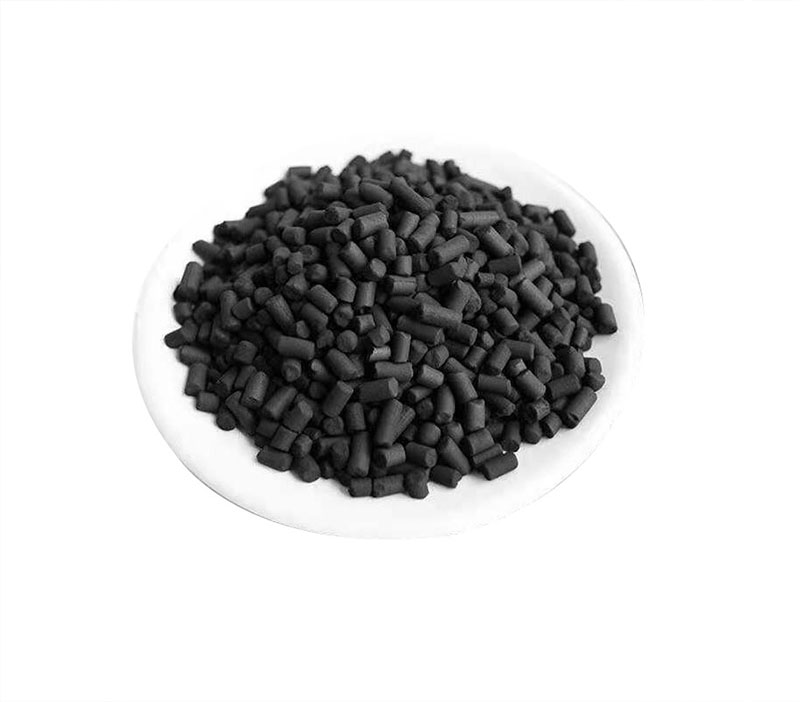
Due to the high content of iron ions in the feedstock oil entering the hydrocracking and hydrorefining reactors, these iron ions will generate iron sulfide under the action of hydrogen and hydrogen sulfide, which will accumulate between the particles of the catalyst, and the aggregates will be reduced from small particles. It becomes larger, and finally forms a “blanket” of iron sulfide, which blocks the top bed of the catalytic reactor, making it difficult for materials to pass, causing the device to be over-pressured and forced to stop working and “head skimming”. In order to solve this problem, our company has produced PT series iron sulfide catalysts.
The iron sulfide catalyst is made of alumina and a small amount of additives through high-temperature foaming and molding. The product has a large pore size, high pore volume, high strength, abrasion resistance, small bulk density, suitable specific surface area, and a sponge-like honeycomb. The top and bottom of the hydrocracking and hydrofining reactors are filled with iron sulfide catalysts, which can hydrogenate the iron naphthenate in the feed oil into iron sulfide, and then adsorb the iron sulfide in the catalyst pores. , Its iron absorption can reach 20-25% of the weight of the catalyst, and it also has a certain desulfurization performance, which avoids the hardening of iron sulfide in the top bed of the catalyst, which causes high pressure in the device, and the tipping treatment enables the device to operate for a long period of time.
>>Product normal use conditions
Operating temperature: 320-450C
Operating pressure: <15Mpa
Liquid space velocity: <4h-1
Hydrogen to oil ratio (volume): ≥150
Total scale capacity: 6001/m°
- Previous Article: Hydrogenation protection agent
- Next Article: Liquefied gas desulfurization catalyst